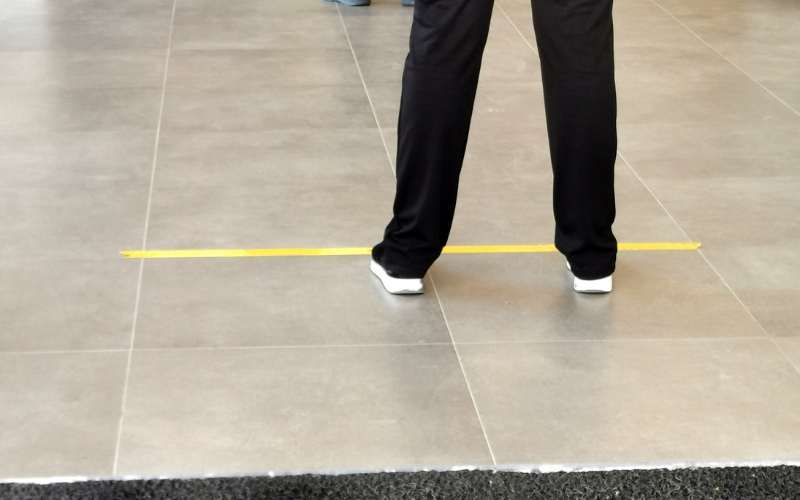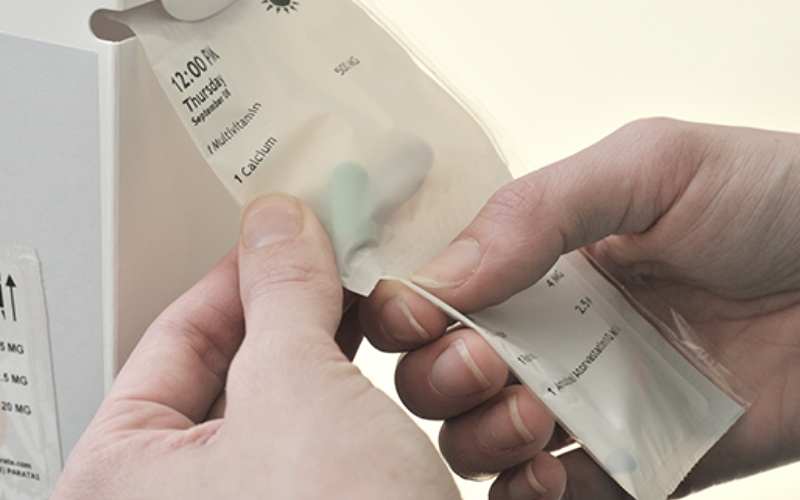In the best of times, owning a pharmacy is challenging. With a global pandemic impacting nearly every aspect of our lives, pharmacies everywhere have needed to adjust the way they operate. Every aspect of how the pharmacy runs can be impacted. From drug shortages and changes in demand to dramatic increases in the utilization of telehealth and e-prescriptions, the changes are many.
While there have been some pharmacy success stories and businesses like Right Way Meds seeing growth amid shutdowns, several factors are causing a decline in revenue for pharmacies – most notably in retail pharmacies.
Reduced Foot Traffic
Many pharmacies elected to close their doors to the public to reduce the risk of exposure, choosing instead to offer curbside or drive-through pickup. Even for those pharmacies that do have their doors open, fear of exposure to the virus also results in fewer and shorter visits. Beyond that, certain populations aren’t leaving home at all. Even with the store available to access, customers are limiting their exposure by staying in and ordering online or over the phone.
In these cases, most customers are coming to the pharmacy only for the essentials and are not making impulse buys or picking up those additional items they normally remember they need or want when they come across them on store shelves. While the reduced foot traffic makes for fewer interruptions and more efficiency for the pharmacy team, the drop in non-prescription purchases is not a welcome change for the business.

Fewer Additional Services
Pharmacies have been looking for new ways to grow revenue to combat the effects of shrinking reimbursements. Value-added services like immunizations and classes on managing weight or chronic conditions helped pharmacies grow their businesses. But the same causes behind reduced foot traffic mean fewer opportunities to offer these services to patients and realize the revenue they provide.
Lower Script Volume
There is lower consumption of medical care not related to chronic conditions or COVID-19. Many hospitals are closed to elective procedures. Dental practices have closed to all but emergency dental care. And some physicians have reduced in-person office visits to make social distancing of patients and more frequent cleaning of surfaces easier.
This means that many people with acute conditions aren’t seeking or receiving treatment, and fewer prescriptions are being written. It’s not unusual for pharmacies to see a 10% drop in script volume starting in late March of 2020.

Positioning for a Better Outcome
There are certain commonalities for pharmacies that have seen revenue growth in this same period. Many of those have a centralized operation with technology to help them meet a spike in script volume paired. And those with existing and robust delivery services built into their business model to help reach patients – especially those who have committed to staying at home – have been better positioned to keep current patients and add new ones.
Pharmacies with adherence packaging as part of a robust med sync program are among the most successful pharmacies in challenging times. These pharmacies enroll patients with chronic conditions and on multiple medications in a program with many touchpoints. A typical monthly call to each patient reviews any changes in medication or needs and serves as a consultation for other concerns a patient may have. It’s during these calls that pharmacy teams can inquire about any other purchases the patient would like to make from the store to pick up or have delivered. The patient communication that’s part of the program results in additional purchases that would never be initiated without it.
“A traditional pharmacy is very reactive, waiting on the patient to determine when they need medications and pharmacy services,” according to Bob Lomenick, pharmacist and owner of 4 pharmacies, including Right Way Meds and Tyson Drug. “We have that connection to the patient built in, and they are happy to get that call from us each month.” As a result, his adherence pharmacy has seen a 16% increase in revenue since the pandemic began.

Having a robust packaging system in place to support adherence has been a key component of Bob’s success and to the health of his community. “There would be so many patients not taking maintenance medications, especially if they had to come into the pharmacy multiple times a month. They wouldn’t do it.”
Packaging technology also helps patients feel better about taking their medications. Bob explains, “Pouch packaging removes some concern about organizing pills at home. If a caregiver is handling vials and putting meds in organizers, each pill has been touched – and probably more than once. The pouch limits exposure of the pills.”
While an adherence program with automation makes the business more sustainable, even in the face of unprecedented times, Bob also believes it provides an additional benefit for pharmacies. “When you have efficiency and true patient engagement, we pharmacists are true healthcare providers. By demonstrating that consistently, we can get closer to attaining provider status.”

To learn more about pharmacy safety in the time of COVID-19, view our on-demand webinar. To learn more about empowering your retail pharmacy with automation, visit our Retail Pharmacies solutions page.
